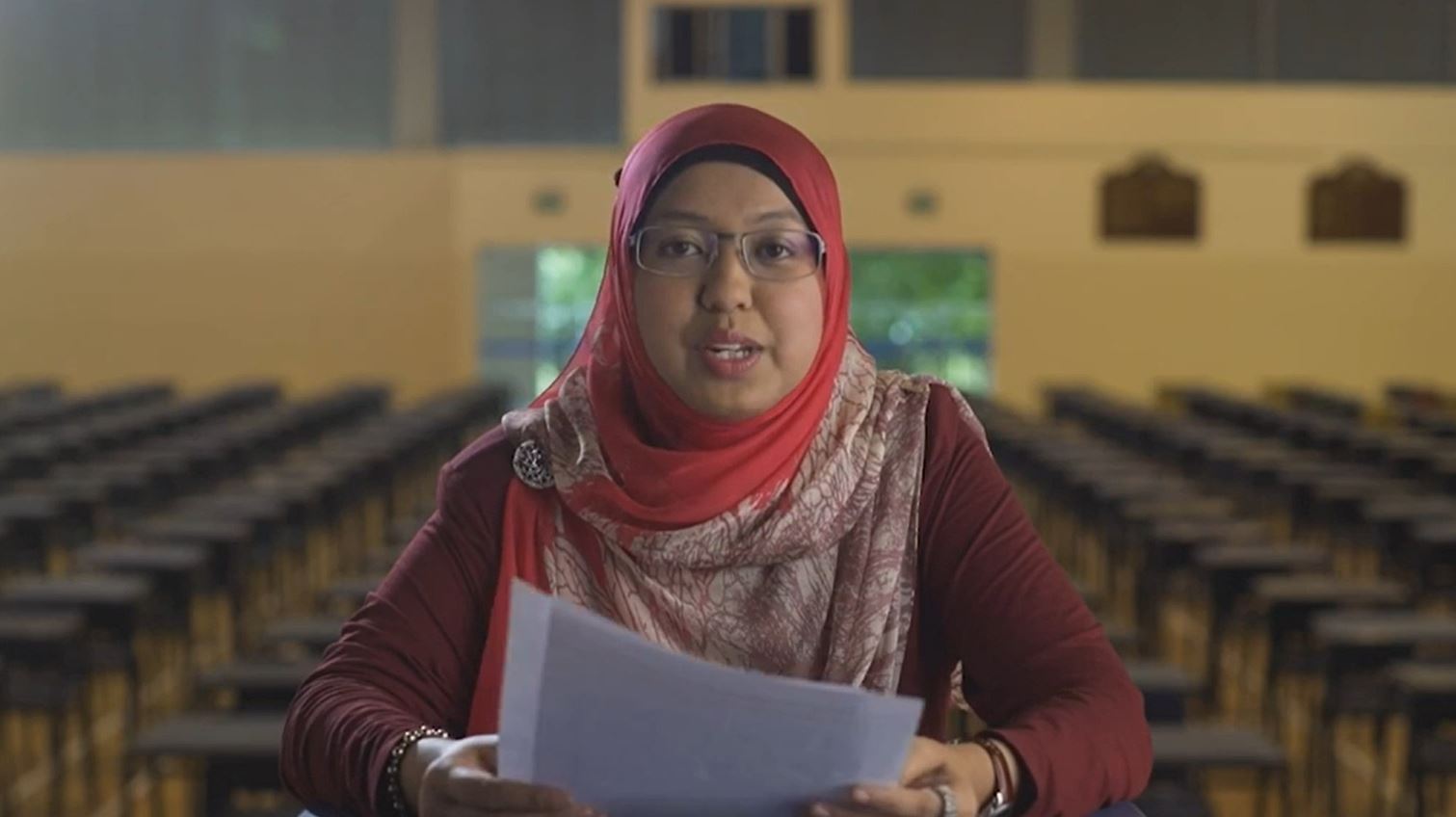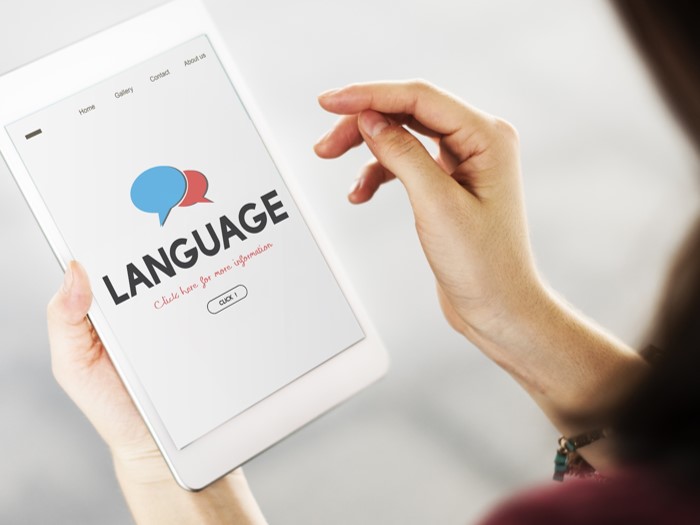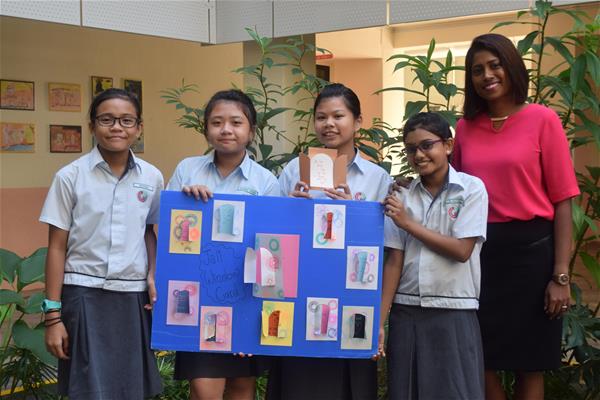Miss Toh Pei Min, Seng Kang Primary School, Outstanding Youth in Education Award 2018 finalist
Our school’s Innovation Programme started with a cardboard “robot”. We placed it in the canteen and students would “feed” it with suggestions for the school.
I started this programme to give every student a voice. They could identify problems around the school and think of possible solutions. The Prefects’ Innovation Team would then select some suggestions based on a set of given criteria to implement.
One of the suggestions was to set up interest groups. The prefects conducted a survey on students’ interests and decided to start interest groups for music and board games. The response was overwhelming! There were 70 applicants for the two groups.
This was new territory for my prefects. To help them manage their peers during the groups’ activities, a colleague and I coached them in getting music participants to go onstage in an orderly manner, and in managing conflict among those playing board games.
Most of the prefects were initially very shy about standing in front of the music participants to give them instructions. However, after a few sessions, they began to speak confidently and even sang and danced with the participants.
The prefects also noticed that the board game participants usually played with their own friends and did not interact with others. They shared their ideas on how to improve the situation with me. The eventual solution – participants are rotated and required to play board games with students from a different race, class, or level.
Ideas that add value
Some people may say my students have many creative ideas. To me, their ideas are innovative. There is a difference between being creative and being innovative. The difference is that being innovative is doing something that adds value, which is what I would like to see in my students.
My students learn to not just come up with novel ideas, but ideas that work and improve things for their friends or the school as a whole. The student-initiated interest group, which brings students who share the same interests closer, is one such example.
These ideas do not happen by accident. My school’s Innovation Programme reaches out to students with different abilities and passions. They are equipped with critical thinking skills, 6 Thinking Innovation Strategies and Problem-Solving Thought Processes.
I adapted the 6 Thinking Innovation Strategies from De Bono’s Six Thinking Hats and integrated it into the curriculum. This set of skills helps students see problems from different perspectives, and guides them to analyse issues, generate new ideas, and make better decisions. Thus, the ideas and suggestions that students come up with benefit not only themselves, but also their classmates and even the community.
Innovating for the community
To achieve this goal, I worked closely with my school’s Head of Character and Citizenship Education (CCE) and Subject Head of Values-In-Action (VIA) to align the learning objectives of the school’s Innovation and VIA programmes. The idea was to get students to apply the skills that they learnt in innovation lessons to their community service projects.
For example, in 2018, for the P4 VIA project, students came up with creative ideas to help the Children’s Cancer Foundation raise funds. During the brainstorming stage, P4 students came up with ideas to create innovative table mats, such as one with a multiplication table printed on it, and another suggestion was to have pockets to put utensils in.
In the process, the students gained entrepreneurial skills, saw the application of subjects they were learning, and understood the need for collaboration with others. They also learnt to communicate more effectively as they had to publicise and find ways to market their products. Most importantly, students used their skills and abilities to help the community.
For greater impact and reach, our CCE department decided to organise an additional platform for students to share their project ideas. All Primary 6 classes and the Prefects’ Innovation Team were provided with the opportunity to showcase their work at the school’s Innovation Projects Fest.
The Fest allowed students to see how their projects and suggestions have made a positive impact on the community. Some of the P6 self-initiated VIA projects included a pet food donation drive for the SPCA and the gifting of thank-you cards to SBS Transit drivers.
I am motivated to drive innovation in my school because I want to get my students thinking and creating value for others from a young age. I hope they can continue to use their imagination, be inquisitive and ask questions, as well as explore different perspectives to solve problems.



.jpg)


